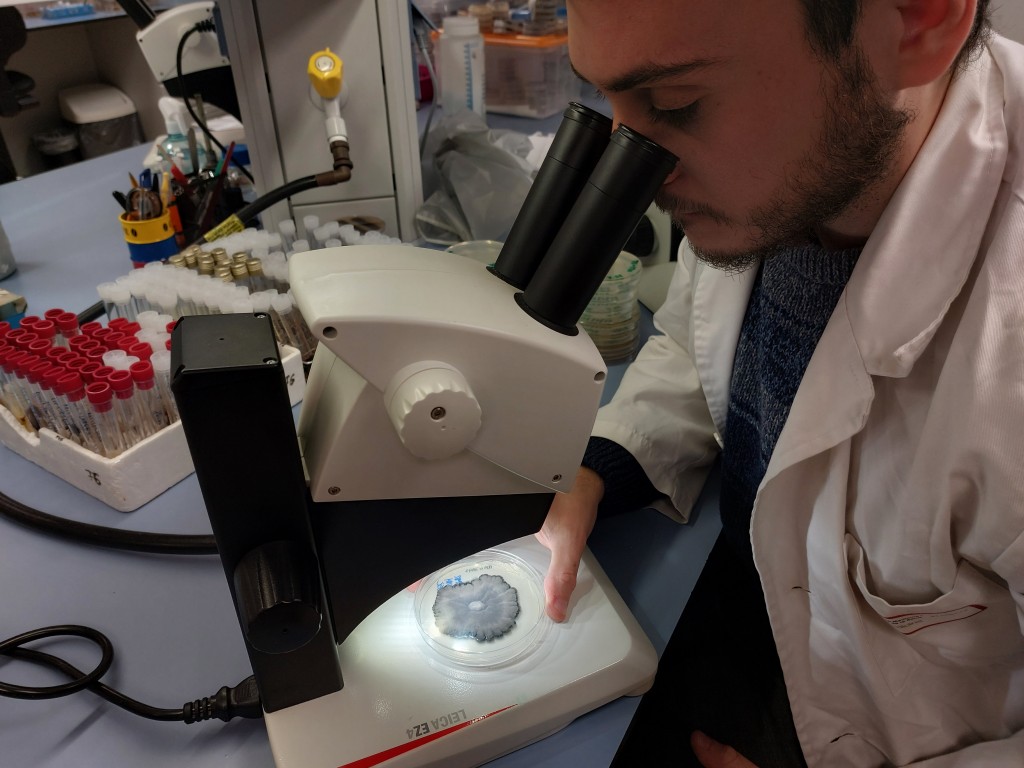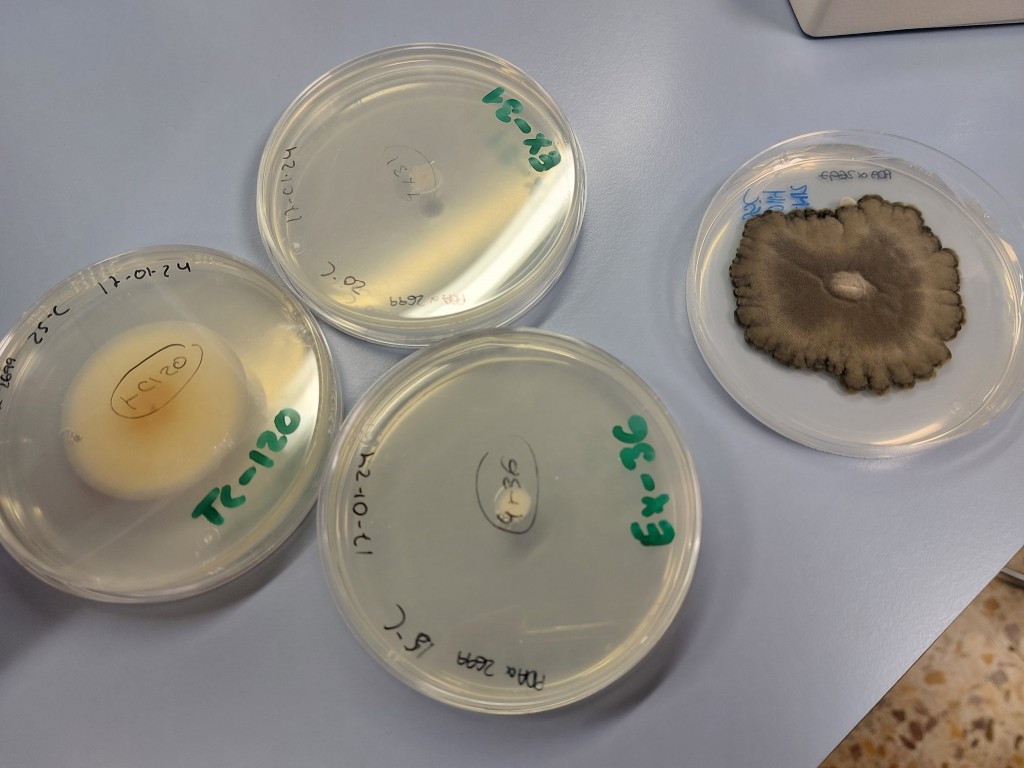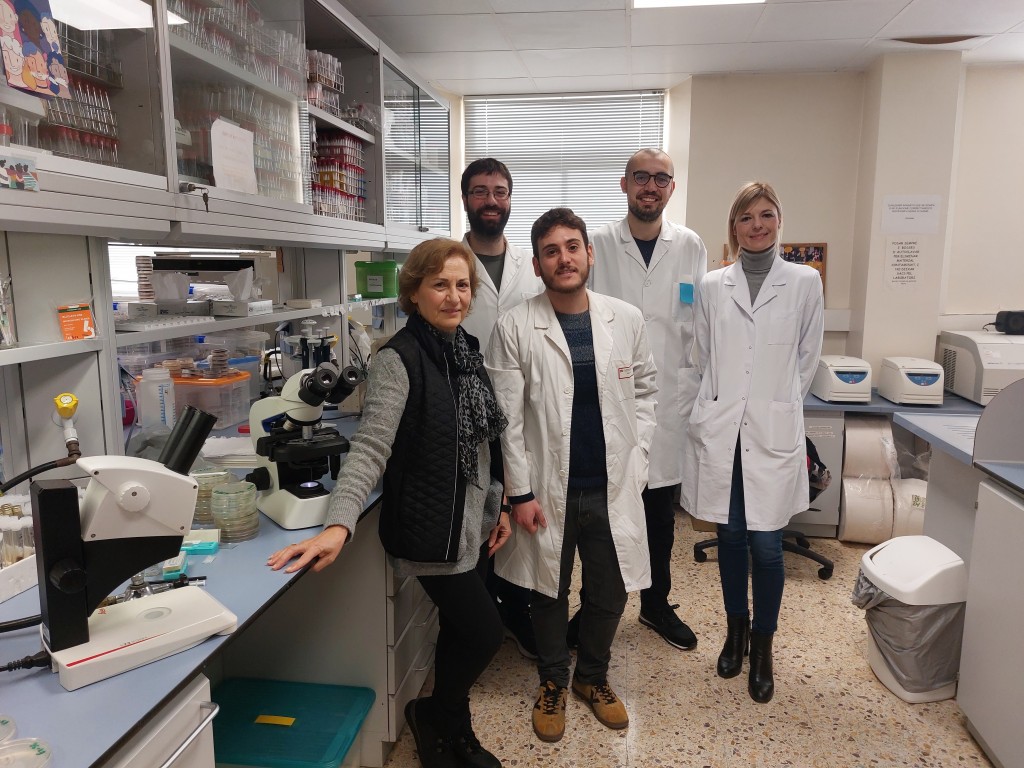22/02/2024
New species of fungi potentially harmful to humans have been identified in freshwater ecosystems
Part of a project that studies fungi as indicators of environmental quality, the URV research finds that in periods of drought some species could be more exposed and constitute a risk to human and animal health

Part of a project that studies fungi as indicators of environmental quality, the URV research finds that in periods of drought some species could be more exposed and constitute a risk to human and animal health
A study by the Mycology and Environmental Microbiology Unit of the Universitat Rovira i Virgili has identified new species of fungi that may cause infections or diseases in people and animals. Carried out in river ecosystems, the research is part of a project funded by the Spanish Ministry of Science, Innovation and Universities on biodiversity and the role played by a large group of fungi, the ascomycetes, in the aquatic ecosystem. There is very little information on these fungi, specifically those that grow in sediment. The research also warns that in periods of drought some pathogenic species are even more dangerous to people’s health.
“Ascomycetes in both fluvial and marine sediments have been studied very little so far and what we are doing in the project is not only extending the knowledge base about the species found in these sediments but also determining patterns of biodiversity that indicate whether an ecosystem is healthy or, on the contrary, has problems of pollution from a variety of sources. In short, any change in the composition of a fungal community may be a warning that something is wrong”, says Josepa Gené, principal investigator of the research.
Some of the species in this community can proliferate more easily under certain conditions and could be used as environmental bioindicators. “But other fungi are opportunistic pathogens of mammals, cold-blooded animals and other creatures, which can cause mild and serious infections, not only in animals that live in the aquatic environment but also to those that they pass through it, like us when we have a swim in a river”, explains Gené.
If the environment changes – for example, during a drought – they may be exposed and become a risk to the health of the habitats. “When sediments are exposed to air, these fungi may begin to produce many spores that disperse in search of a more suitable environment, and it is during this dispersion that they can interact with humans and animals”, she says. In any case, she points out that “the infections tend to affect only the most vulnerable population and are not transmitted between humans. Rather they are the result of some form of injury, among other routes of inoculation”.

According to Gené, the results of the project confirm that river sediments are an important reserve of fungal biodiversity and contain species completely unknown to science. Therefore, they are a heritage that must be preserved. The main novelty of the study is that it has found previously unreported fungi, some of which have been found to be closely related to pathogenic fungi that cause very serious infections on the American continent. “These findings allow us not only to complete our understanding of the evolution of fungi but also to determine if some of these microorganisms may be a threat to our health. The research has just begun but the more information we accumulate in this regard, the more able we will be to determine, for example, if there is greater potential risk in a particular area and if access to some areas needs to be controlled”, says Gene.

The Mycology and Environmental Microbiology Unit of the Universitat Rovira i Virgili studies the strains of sediment fungi collected at different points along the course of various Catalan rivers – for example, the Llobregat, Ter, Segre and Ebro – and also small streams. Once they have been cultured in the laboratory, they are investigated to see what they are like, to understand their pathogen potential (that is, if they can develop at 36 or 37 degrees Celsius, the temperature of the human body), and to find out what happens when they are confronted with human cell cultures and how resistant they are to antifungal drugs. All of this will make it possible to determine if the conditions of climate change (drought, higher temperatures, etc.) enable them to proliferate more easily and represent a danger.
In any case, Gené points out that there is no need to be alarmed – “just be alert, yes”, she says – since these fungi have been around forever. “The thing is that we have a greater understanding of them now, so we can consider establishing environmental control measures. But, before we do, there is still a lot of work to be done”, says Gené. She concludes by highlighting the importance of biodiversity because it leads to greater balance and, consequently, better coexistence between species and fewer risks for both human and environmental health.
